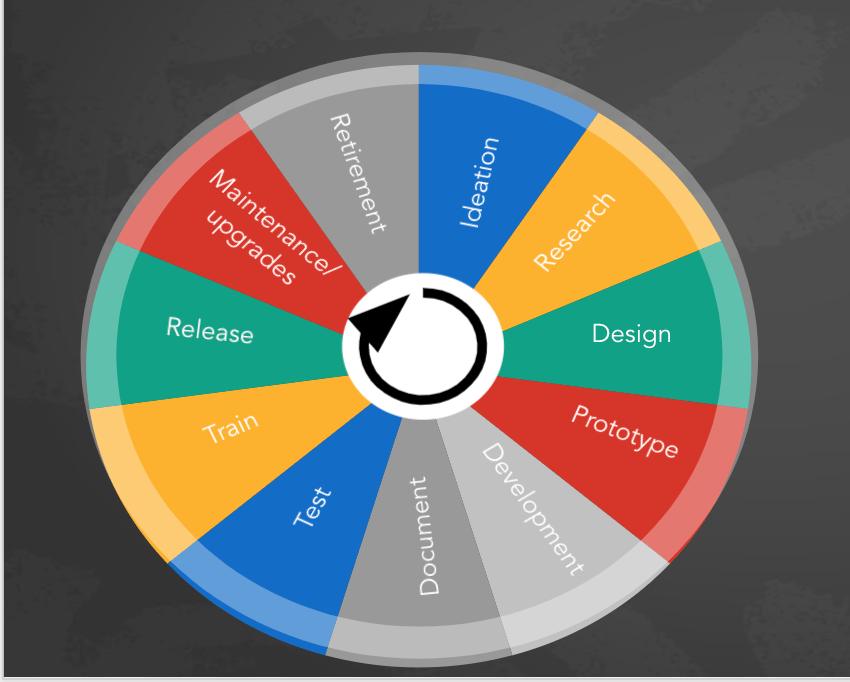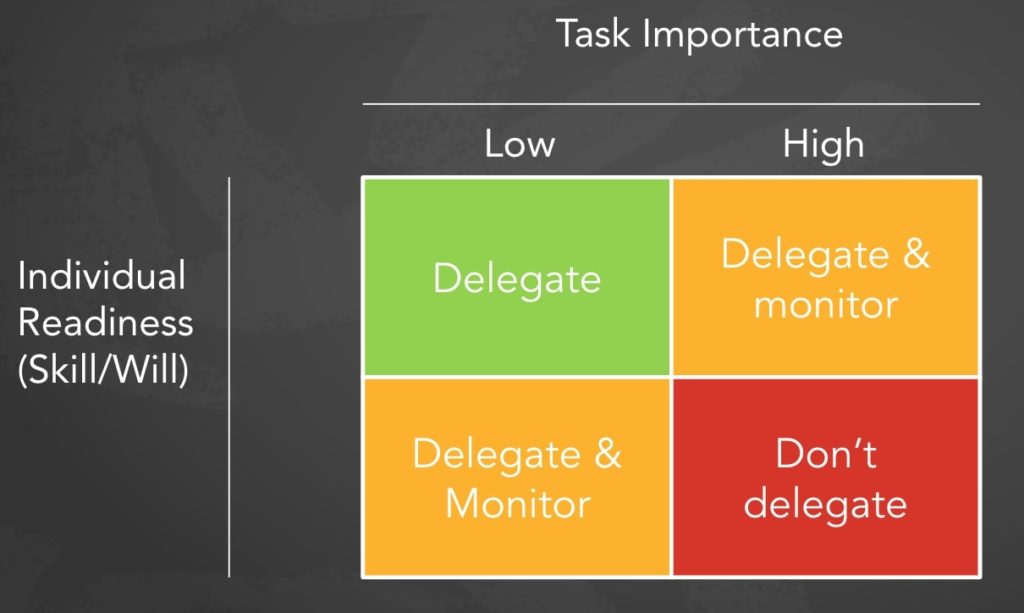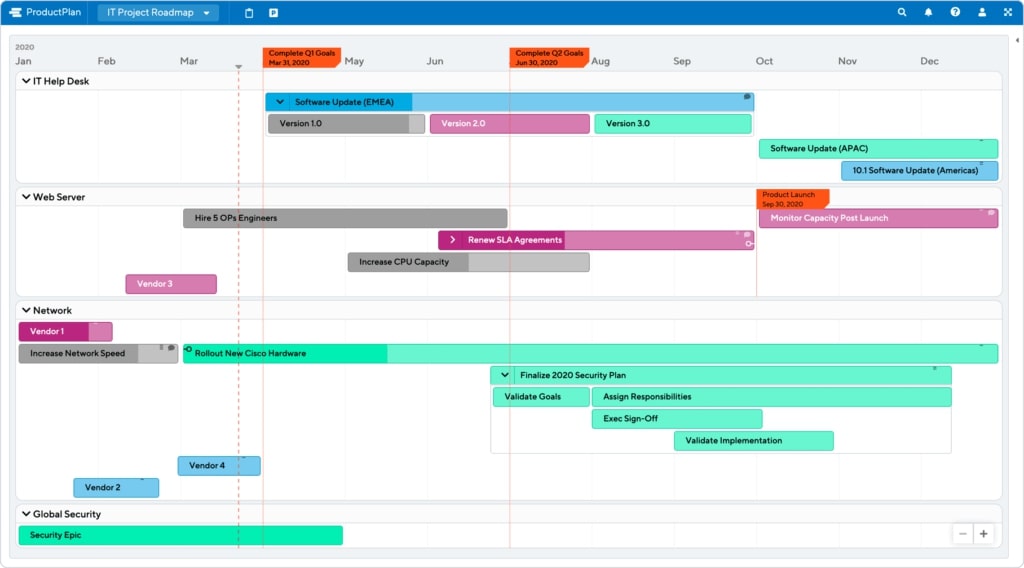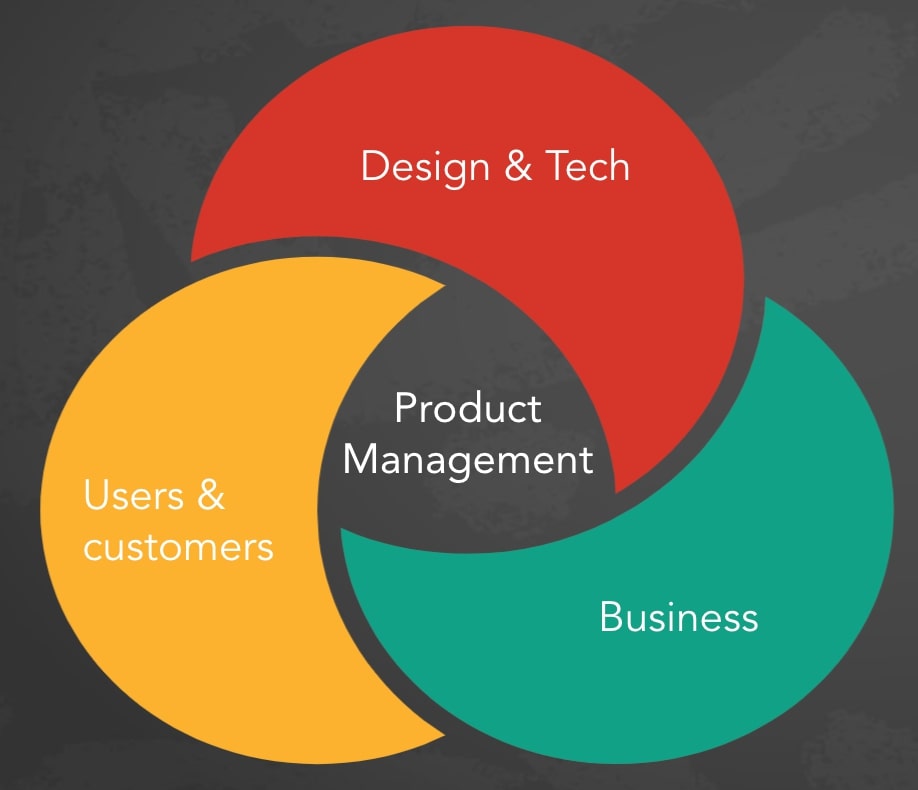Becoming a product lead is a challenging mission, but it is a rewarding and well-recognized profession. If you want to become a product lead but have no experience, it is still not difficult to get there. You have to earn the necessary digital product management and lead skills and demonstrate them to potential employers with confidence.
A product lead or the lead product manager is often an experienced senior professional who drives the product strategy, leading and supervising a product team. Their responsibilities can differ from company to company. In general, they play a major lead role equivalent to a Director or VP of Product.
Product managers can work their way in their career path to become this lucrative profession with time. However, transitioning from project manager to a higher leadership role like the product lead without no experience needs different strategies like working on your complete projects and following professional courses to fill the skill gaps.
Do you want to know more about this important profession? Keep reading to learn how to become a product lead with no experience.
Steps to Become a Product Lead
Here is a process on how to become a product lead:
1. Work on New Product Development Projects
A lead product manager needs to have a solid foundation in product management and the product development process, which means that they must know well about product roadmap development and product strategy definition. They need to demonstrate extensive hands-on experience working on multiple products leading and mentoring multiple product teams. In addition, they are experts in understanding customer development and transforming requirements into new products and features.

First, gain as much experience as possible in a product management job and start building up the necessary product lead skills while working there. While gaining experience through a junior or senior product manager role, start working on your product development projects to further enhance your product management skills.
It is better to incorporate the actual product development lifecycle into these individual projects because you need to demonstrate the soft skills of a product lead, such as leadership, team management, strategic thinking, communication, decision-making, and presentation skills.
One critical skill this role needs to have is the ability to lead new product developments. Working on your projects is a good way to demonstrate this skill. It shows that you can take initiative. It is important to move your project through the entire product lifecycle when doing so.
To do that, you can involve other like-minded people in them to simulate product development in an actual environment. It helps to showcase that you have gained experience in managing teams, communicating, and collaborating. Also, working with others enables you to brainstorm new ideas and incorporate innovative solutions for your products. These valuable experiences help you pitch in confidence to a panel of experts during a product lead interview.
This role requires extensive experience in managing multiple agile product management teams. Thus it is important to get involved in new ventures as much as possible. It is impossible to gain this experience by working on individual projects. However, combining the work experience of working in a junior product manager role and your innovative projects helps you to earn the right amount of experience.
Looking to enhance your product management skills so you can become a product manager lead? Enroll in our top-rated certifications to master product management concepts along with the hard and soft skills needed.
2. Enhance Your Leadership Skills
Product lead is a senior leadership position. You must know how to lead and mentor product managers and make the right decisions with minimum supervision. Thus, in a product management career, it is mandatory to showcase your leadership skills to potential employers. There are multiple ways to improve your leadership skills. The more you take, the more you become a strong candidate for a product leadership role.

Work on gaining key characteristics of an effective leader. For example, listen to your team members without judging them and always try to provide constructive feedback motivating them to achieve the business goals. Practice empathy towards others. Enhance your decision-making skills by making plans, getting the right expert opinion, and weighing your solutions.
Do not limit yourself to just project work or day-to-day assigned tasks. Take initiatives that add value to the company. Most employers look for people who go beyond usual project work. Thus, additional work under your leadership and guidance helps you build up a strong portfolio of work, enabling you to stand out from the crowd.
Furthermore, take on extra activities like joining societies, clubs, and communities. Take leadership roles to enhance your leadership skills. Organize events, do presentations, and build effective work relationships with others when you join such extra activities. It is a good way to showcase your presentation, organization, and collaborative skills to potential employers.
3. Update Yourself With the Latest Industry Trends
A lead product manager is required to lead new product development efforts. Therefore, they need to understand where the industry is heading now. It means that they need to be aware of the latest technological trends that impact the new product. Also, identify what your competitor is working on and how they impact the company. You need to have strong market analysis, research and data analysis skills.
Enhance your knowledge of the latest technologies by taking online courses and industry certifications. For example, knowing about blockchain technologies and taking cloud computing certification helps showcase your hunger for new knowledge in the IT field. Those courses or certifications do not need to be too technical. Even the basic certification course helps you master innovative technologies and learn how to apply them in real-world scenarios.
Furthermore, be sure to take higher degrees such as an MBA or MSc to obtain advanced knowledge and skills. For example, showcase your knowledge and skills in business by conducting market research and understanding through an MBA. Therefore, investing in a higher degree allows you to get noticed as a candidate with high potential.
4. Create a Portfolio to Showcase Your Work
Your portfolio is the tool that showcases your work to potential employers. A strong portfolio helps your hiring manager assess your relevant skills, and knowledge and determine that you are the right fit for this position. Thus, while working towards your end goal, remember to create a portfolio including everything you have done, highlighting your key achievements concisely.
First, showcase all the new product development work and initiatives you have taken, emphasizing the relevant product lead skills such as team management, communication, collaboration, decision-making, and problem-solving skills. Also, remember to highlight extra activities like important presentations you have done and innovative ideas you have been working on.

When listing your projects, including the self-projects you have worked on, provide as many details as possible.
Emphasize the specialties of those projects, what objectives you tried to achieve, what problems you have solved, and important technical skills that you have brushed up. Remember to avoid including too many details. Remove unnecessary explanations but concisely keep the essential points.
Finally, emphasize the education, coursework, and training you have followed, elaborating on the specific areas of knowledge. Some companies prefer to hire product leads with at least a college degree, while others prefer advanced degrees such as an MBA. Suppose those degrees and courses include practicals, projects, or research components. In that case, it is an added advantage as many employers see whether you have applied that knowledge to real-world product management scenarios rather than just keeping the knowledge to yourself.
5. Get Your Portfolio to Potential Employers
Once you have developed your portfolio, including every key point we discussed, it is time for you to start hunting for a product lead job. Start by applying through direct job postings. First, do your research on the companies you shortlist. Assess if your qualifications and skills match their requirements. Also, make sure to research the benefits and the career growth opportunities that the company offers.
But if you want to become a product manager faster, try networking with other aspiring product managers who work at the companies you want to work for. Join workshops and meetups to expand your network of industry connections and showcase your portfolio there.
Roles and Responsibilities of a Group Product Manager
To begin with, let’s first discuss the roles and responsibilities of a product lead, in general, to prepare your mind to know the depth and breadth of this role.
As stated earlier, the responsibilities of a product lead differ from company to company. In most cases, companies hire product leads to manage complex products that consist of several sub-products managed by individual product managers. Their responsibility is to ensure that complex products are heading in the right direction, taking the most important product decisions.

Some other companies hire product leads to lead and manage a brand-new product development team. As developing new products is a risky venture, companies often look for people who are dependable, trustworthy, and experts in their field who can mitigate the risks. Therefore, successful product managers and leads need to identify project risks in advance and devise strategies for striving for products.
Another responsibility of a product lead is mentoring other product managers under them. They also need to do traditional product and project management work such as developing the product strategy, and product roadmap, identifying customer requirements, identifying go-to-market strategy, and creating user stories.
Depending on the company, there are several other responsibilities. In general, product leaders have a larger responsibility on their hands. Therefore, companies prefer individuals with strong leadership skills.
Final Remarks
Becoming a product lead is a rewarding journey that combines technical expertise, business acumen, and leadership skills. Start by building a strong foundation in product management fundamentals, gaining experience in various roles, and continuously honing your skills through education and practical application.
Embrace challenges and seek growth opportunities, while cultivating a deep understanding of your customers and market trends. Networking and mentorship can provide valuable insights and support along the way.
Ultimately, a commitment to continuous learning and a passion for creating impactful products will pave the way to success as a product lead.
FAQs
Here are answers to questions that aspiring product leads frequently ask:
What does it take to be a product leader?
You need a blend of strategic product vision, strong technical and business skills, and exceptional communication abilities. Effective leadership, empathy for customer needs, and the ability to inspire and manage cross-functional teams are crucial. Continuous learning and adaptability to market trends are also essential to get into the product management realm. You must first try to become a product manager and then progress towards a product manager lead role.
What level is product lead?
A product lead is a mid-to-senior level role in the product management hierarchy. It sits between the senior product manager and the principal product manager or director of product management.
Product leads are responsible for overseeing specific product lines or major software development initiatives, guiding product strategy, and mentoring other product managers.
What is the difference between a product manager and a product lead?
A product manager manages a specific product’s development, strategy, and success, handling day-to-day tasks and cross-functional collaboration.
A product lead, on the other hand, oversees multiple products or a product line, providing strategic direction, mentoring product managers, and ensuring alignment with broader business goals.
The product lead typically has more seniority and responsibility for high-level decision-making.
How to become a product lead with no experience?
Start by learning product management fundamentals through courses and books, and build technical and business skills through industry-related projects. Gain entry-level experience with roles like product analyst or internships, and demonstrate leadership by taking initiative in projects. Network, seek mentorship, and create a portfolio to showcase your abilities to potential employers.
If you are new to product management and are looking to break into your first product role, we recommend taking our Product Management Certification Courses, where you will learn the fundamentals of product management, launch your product, and get on the fast track toward landing your first product job.
